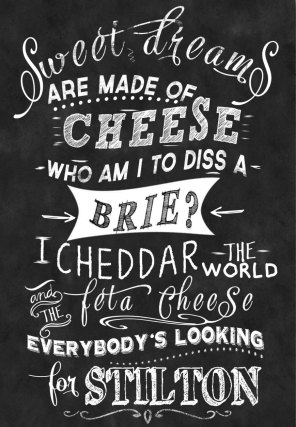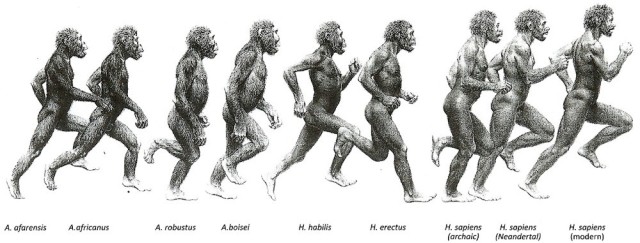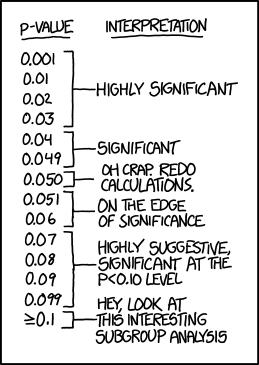by Arthur P. Ruiz, Ph.D.
“These are the times that try men’s souls. The summer soldier and the sunshine patriot will, in this crisis, shrink from the service of their country; but he that stands by it now, deserves the love and thanks of man and woman. Tyranny, like hell, is not easily conquered; yet we have this consolation with us, that the harder the conflict, the more glorious the triumph. What we obtain too cheap, we esteem too lightly: it is dearness only that gives everything its value.”
The Crisis, Thomas Paine, 1776
Trump’s election has unleashed a catastrophe in the adjoining arenas of American politics, society, science and culture, the true repercussions of which will not truly be known for years or decades to come. Whatever the legitimate problems with vested interests and professional sycophants in the halls of government, the elevation of the utter embodiment of the worst elements in human nature – avarice, hubris, deception, fraud, abusiveness, vanity – to the highest office should shame the ethical sensibilities of every citizen in this country. Ignoring any worthy debates about ideas or policies or the legislative directions that mark every election, Trump has loudly and enthusiastically announced an unprecedented attack on the fundamental democratic institutions of our country – governmental checks and balances, transparency, accountability, rule of law, a free and critical press, and, most importantly, the very existence of facts themselves. Trumpism is an assault on the foundations of empirical Western thought that originated with Aristotle and were refined during the Enlightenment, the Scientific Revolution, and the Age of Reason –reality, however imperfectly, can be captured, assessed and described by human faculties. Logic, rationality and experimental testing can allow us to determine degrees of confidence in ideas. While we are all entitled to our own opinions, we all share a basic set of facts. As practitioners and defenders of science, the emergence of this toxic new paradigm, where up is down, oppression is compassion, arrogance is humility, incompetence is capacity, scapegoating is accountability and hatred of others is love of country, should shake us to our very cores. Continue reading







